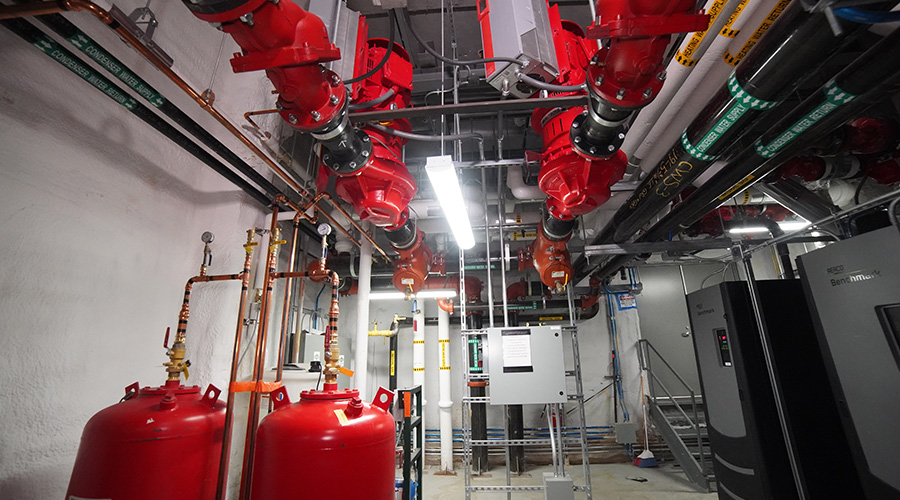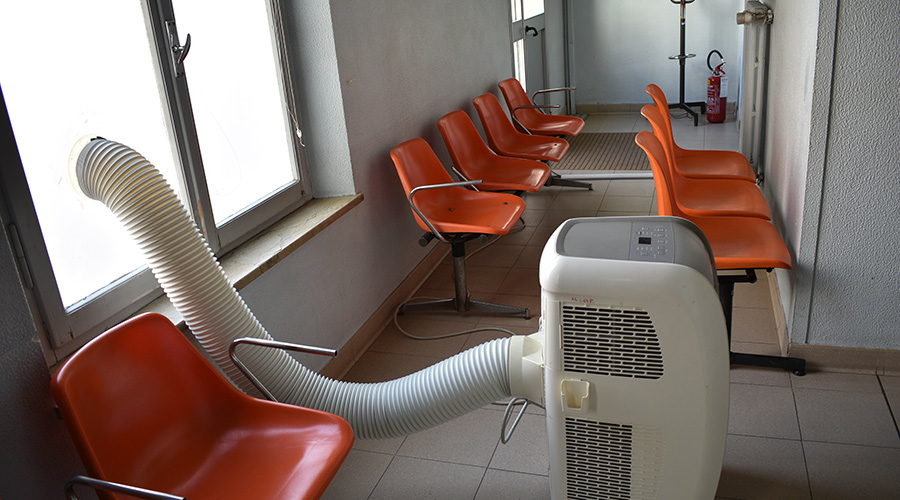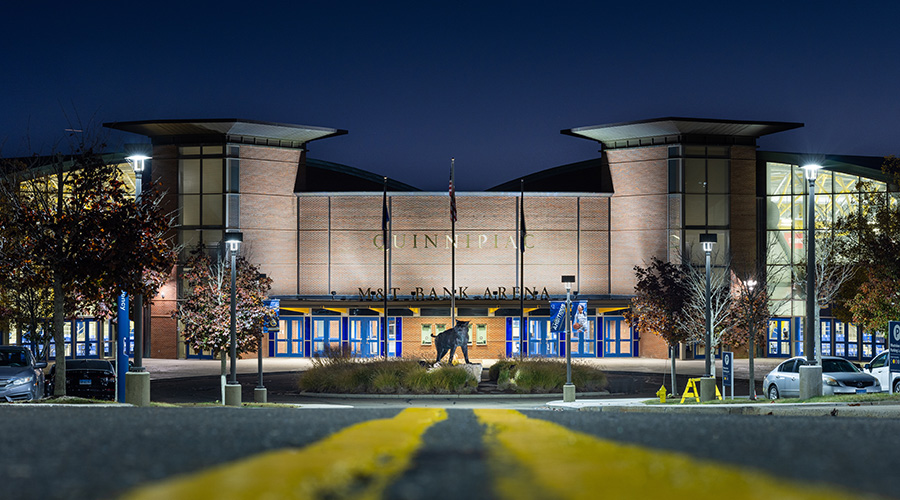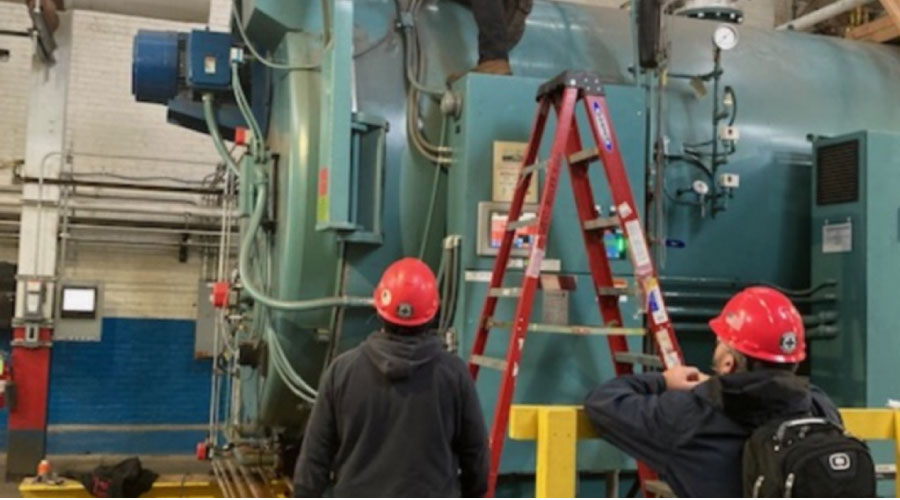Taking A Systems View Of HVAC Upgrades Can Lead To Bigger Benefits
A commercial building's HVAC system is naturally one of the first systems that facilities personnel examine when looking to minimize energy use, reduce operational costs, and achieve proper comfort and indoor air quality. Taking a systems view of HVAC upgrades can help meet those goals.
Let's face it: there are HVAC upgrades (low-hanging fruit), and then there are HVAC upgrades (total system replacement). Not all improvement projects are equal. They vary significantly depending on the existing HVAC equipment, replacement costs, disruption of occupancy, etc. From hiring the right design engineers and contractors, to specifying the right equipment for the space and ensuring proper installation through commissioning, and, finally, implementing an appropriate maintenance program, the HVAC upgrade process itself must be optimized.
HVAC systems design and upgrades must be tailored to the specific building. The process will begin with a thorough survey to review existing conditions and establish a baseline that will be used as a basis of design. In addition, and more importantly, the design and construction firms should collaborate with the building owner and facility engineer to understand the project goals. This is critical to ensure a successful outcome. Here are a few considerations:
- What is the condition of the existing building as a whole?
- What equipment is present?
- What equipment works? What doesn't?
- What must or can stay? What must go?
- Ultimately, what has to be done to maximize the HVAC upgrade?
- What other building systems or components may be impacted by the upgrade (for example, architectural, structural, electrical, plumbing)?
- What are the upgrade options for meeting Energy Use Intensity (EUI) levels adopted by local codes, reducing carbon footprint and water use, and other goals of the project?
- What other critical concerns are present, including indoor air quality, number of air changes, outside air quantities, air balances, and other factors related to sick building syndrome?
- What type of lighting exists and does it require an upgrade to reduce HVAC load?
- Are there any incentive programs (for example, utility-funded energy efficiency programs), rebates, or grants to help the building owner pay for the upgrade and reduce energy use?
The answers to questions like these will determine which HVAC strategies will be employed to help meet the building's new set of heating and air conditioning requirements.
Taking A Holistic View
Most buildings in need of an HVAC upgrade have various challenges in common: Equipment that has outlived its useful life but continues to operate, largely due to the facility personnel implementing ongoing maintenance; deteriorating equipment that can no longer be made operational; constant volume equipment; antiquated basic controls; or excessive leakage in the system (refrigeration, water, and air sides) resulting in significant energy losses and poor performance and comfort. While implementing any individual upgrades and addressing these factors will likely improve any HVAC system's operating efficiency, it's best to consider the interrelated impact of them all as a whole.
Antiquated and deteriorating equipment must be replaced. Constant volume equipment operates at the same speed throughout a building's daily operation, outputting the identical pre-determined amount of CFM. This constant flow could run 24/7/365 at a grocery store or between 8 a.m. and 5 p.m. at a school or office building. Either way, upgrading or retrofitting the HVAC equipment with variable frequency drives (VFDs) will provide an energy efficient solution that reduces cooling and fan energy to a minimum by varying the amount of CFM delivered to a space according to need. Pressure and temperature sensors will provide appropriate feedback to the control system, which will enable the VFDs to operate within system set points. The use of VFDs and conversion to a VAV system in lieu of constant volume system will make systems operate more efficiently while maintaining the desired comfort level and ventilation.
Related Topics:















